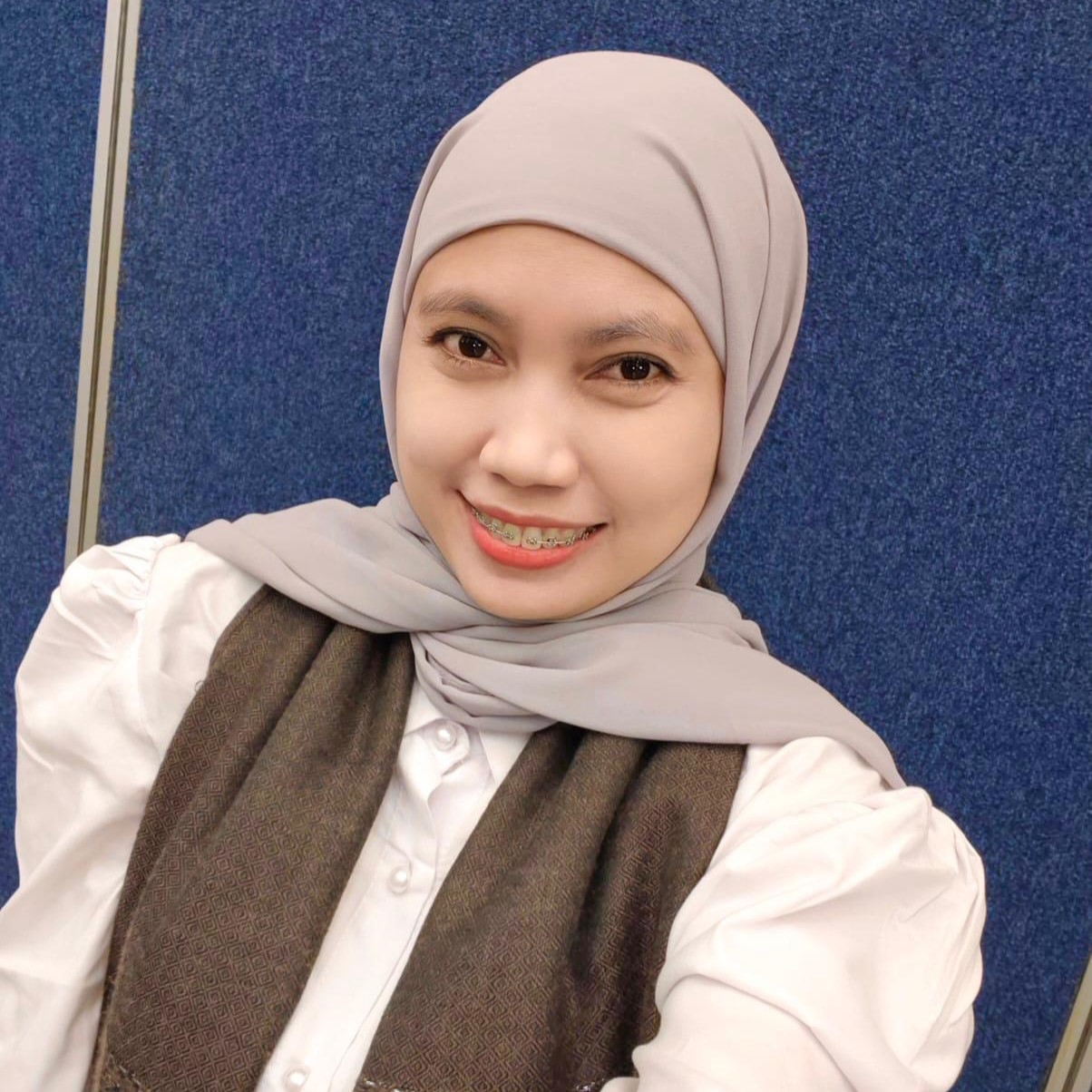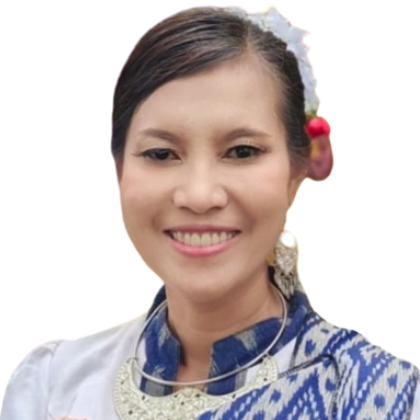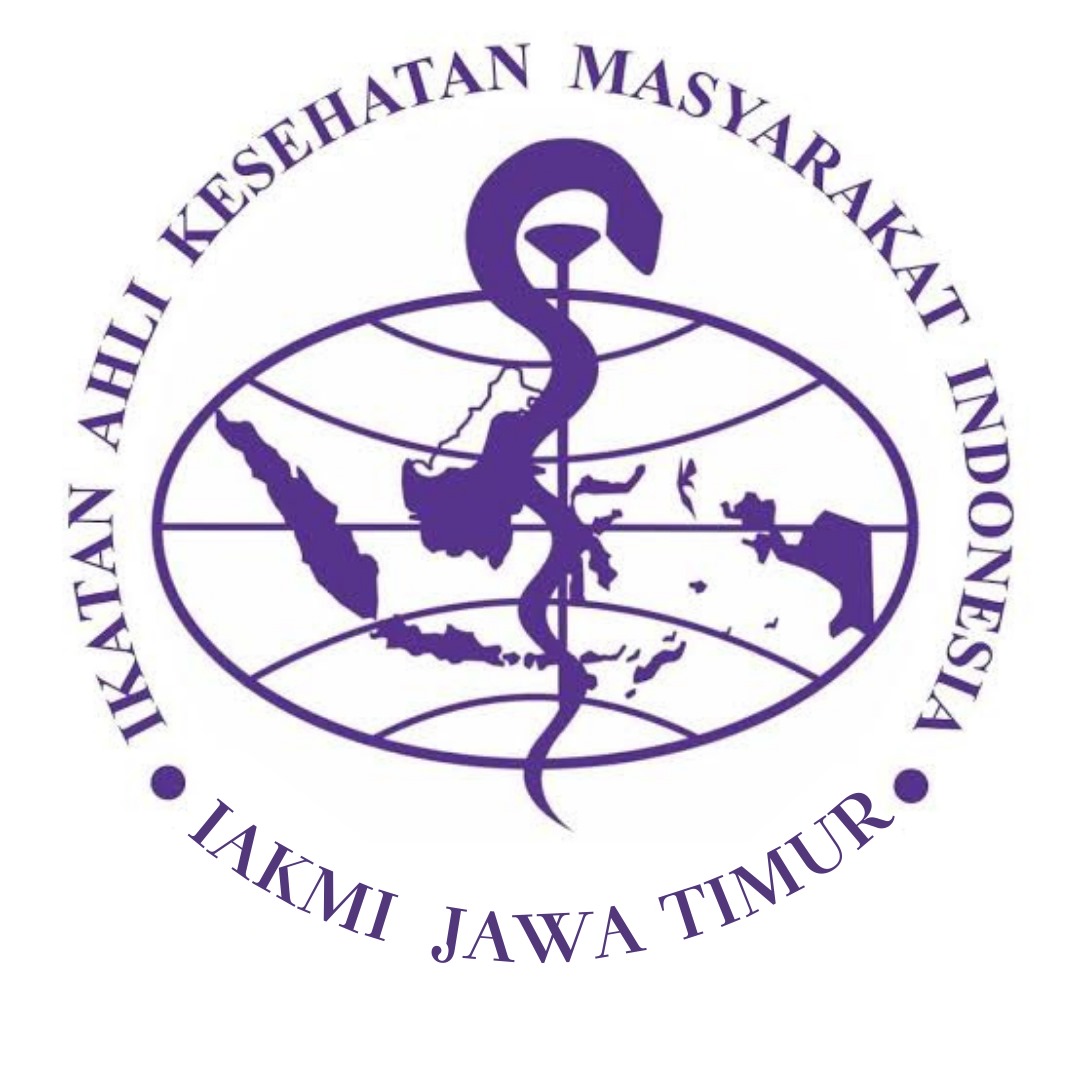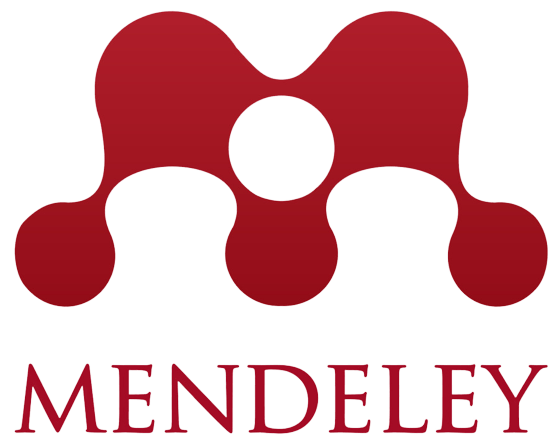Comparative of Moringa (Moringa oleifera) Cookies and Capsules on Hemoglobin Levels in Adolescent Girls with Iron Deficiency Anemia
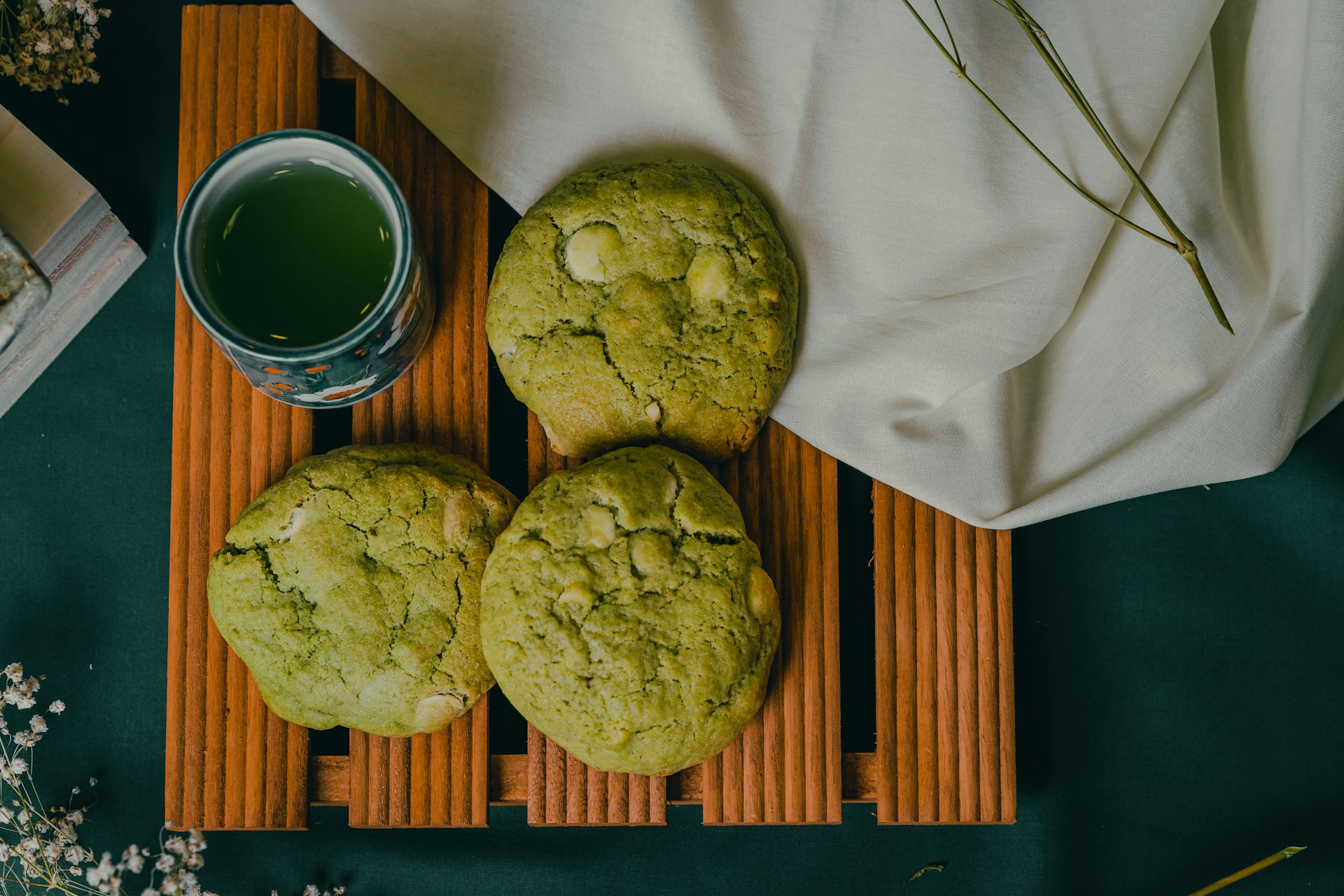
Downloads
Background: Iron Deficiency Anemia (IDA) during adolescence can have serious long-term consequences, not only compromising individual health but also increasing the risk of complications during future pregnancies. Local food sources such as moringa oleifera leaves offer a promising strategy to address this issue, given their high iron content. Developing practical, acceptable forms such as cookies and capsules may provide holistic solutions for improving hemoglobin levels. Although both preparations have been shown to significantly enhance hemoglobin levels within the same intervention period, differences in their composition, production methods, and potential iron bioavailability warrant further comparison.
Objectives: This study aimed to compare the effectiveness of moringa-based cookies and capsules in improving hemoglobin levels among adolescent girls diagnosed with iron deficiency anemia.
Method: A quasi-experimental study was conducted in 2024 among 53 female high school students selected through purposive sampling. Hemoglobin concentrations were measured using the Easy Touch GCHb device. Paired t-tests were used to assess changes within each group, and independent t-tests were applied to compare outcomes between groups.
Results: The study proved that the mean hemoglobin level in the moringa cookies group increased to 12.52 g/dL (p=0.002), while the capsule group showed an increase to 12.20 g/dL (p=0.001). However, no significant difference was observed between the two interventions (p=0.412).
Conclusion: Both moringa cookies and capsules effectively improved hemoglobin levels in adolescent girls with iron deficiency anemia. Nevertheless, there was no significant difference in the extent of improvement between the two forms of supplementation.
Balkis, C.P. et al. (2023) ‘Pengaruh Pemberian Ekstrak Daun Kelor (Moringa Oleifera) dan Kebiasaan Sarapan Pagi terhadap Peningkatan Kadar Hb pada Remaja Putri’, Jurnal Kesehatan Tambusai, 4(2), pp. 1431–1452.
Dewi, D.P. (2018) ‘Substitusi tepung daun kelor (Moringa oleifera L.) pada cookies terhadap sifat fsik, sifat organoleptik, kadar proksimat, dan kadar Fe’, Ilmu Gizi Indonesia, 1(2), p. 104. https://doi.org/10.35842/ilgi.v1i2.22.
Ernawati, D. (2023) ‘Pengaruh Pemberian Ekstrak Daun Kelor Terhadap Peningkatan Kadar Hemoglobin Remaja Putri Di Pondok Pesantren Al-Munawwir The Effect Of Giving Moringa Leaf Extract On Increasing Levels Hemoglobin In Adolescent Female At Ponpes Al- Munawwir Yogyakarta’, 6(12), pp. 1983–1994. https://doi.org/10.56338/jks.v6i12.4579
Fitriany, J. and Saputri, A.I. (2018) ‘Anemia Defisiensi Besi’, Kesehatan Masyarakat, 4(1), pp. 1–30. https://doi.org/10.29103/averrous.v4i2.1033.
Hastuty, Y.D. and Khodijah, D. (2017) ‘Analisis Pemberian Tablet Fe dengan Kombinasi Vitamin C dan Vitami A terhadap Anemia pada Siswi SMU di Kecamatan Medang Deras Kabupatan Batubara’, 12(2), pp. 141–148.
Hastuty, Y.D. and Nitia, S. (2022) ‘Ekstrak Daun Kelor Dan Efeknya Pada Kadar Hemoglobin Remaja Putri Moringa Leaf Extract and Its Effect on Hemoglobin Levels in Young Girls’, JPP) Jurnal Kesehatan Poltekkes Palembang, 17(1), pp. 2654–3427. https://doi.org/10.36086/jpp.v17i1.
Kemenkes (2023) Survei Kesehatan Indonesia (SKI) Data dalam Angka. Jakarta.
Kemenkes RI (2014) Pedoman Pelayanan Keluarga Berencana, Direktorat Jenderal Bina Kesehatan Ibu dan Anak. Jakarta.
Kemenkes RI (2018) Pedoman Pencegahan dan Penanggulangan Anemia pada Remaja Putri dan Wanita Usia Subur (WUS). Jakarta: Kementerian Kesehatan Republik Indonesia.
Khofifah, N. and Mardiana, M. (2023) ‘Biskuit daun kelor (Moringa oleifera) berpengaruh terhadap kadar hemoglobin pada remaja putri yang anemia’, AcTion: Aceh Nutrition Journal, 8(1), p. 43. https://doi.org/10.30867/action.v8i1.614.
Murdiana, H.E., Rawar, E.A. and Kurniawaty, A.Y. (2022) ‘Uji Kadar Besi dan Pembuatan Kapsul Ekstrak Daun Kelor (Moringa Oleifera Lam.)’, Medical Sains, 7(1), pp. 113–122. https://doi.org/10.37874/ms.v7i1.306
Novitaroh, A. et al. (2022) ‘Sifat Sensoris, Kadar Protein dan Zat Besi pada Cookies Daun Kelor’, Jurnal Gizi, 11(1), pp. 32–44. https://doi.org/ 10.26714/jg.11.1.2022.32-44.
Nua, E.N., Adesta, R.O. and Conterius, R.E.B. (2021) ‘The Effectiveness Biscuits In Increasing Hemoglobin Levels In Pregnant Women’, Journal of Nursing Care, 4(2). https://doi.org/10.24198/jnc.v4i2.30879.
Nugroho, A. et al. (2023) ‘Brownies daun kelor dan tempe tinggi protein serta zat besi bagi ibu hamil anemia’, AcTion: Aceh Nutrition Journal, 8(1), p. 20. https://doi.org/10.30867/action.v8i1.755.
Nurrahman et al. (2021) ‘Faktor dan Dampak Anemia pada Anak-Anak , Remaja , dan Ibu Hamil’, Journal of Science, Technology and Entrepreneur, 2(2), pp. 46–50. Available at: https://ejournal.umbandung.ac.id/index.php/jste/article/view/27.
Pambudi, L. (2019) Pengaruh Proses Pengolahan Terhadap Kadar dan Bioavailabilitas Zat Besi pada Olahan Hati Ayam. Bogor.
Prasetyo, A., Farapti and Isaura, E. (2022) ‘Perbedaaan Kadar Zat Besi Berdasarkan Waktu Pemasakan dan Metode yang Diterapakan pada Tempe dan Hati: Sebuah Studi Eksperimental’, Media Gizi Indonesia, 17(2), p. 159. https://doi.org/10.204736/mgi.v17i2.159-167.
Pratiwi, A. et al. (2023) ‘Analisis Mutu Biskuit Moringna Sebagai Alternatif Anemia Pada Remaja Putri’, Jurnal Gizi dan Dietetik, 2(1), pp. 25–37. https://doi.org/10.34011/jgd.v2i1.1282.
Sari, O.S. and Ismawati, R. (2023) ‘Mie Kering Subtitusi Tepung Tempe Dengan Penambahan Puree Daun Kelor Untuk Anemia’, Jurnal Kesehatan Tambusai, 4(2), pp. 860–876. https://doi.org/10.31004/jkt.v4i2.14807.
Widiastuti, A. and Rusmini, R. (2019) ‘Kepatuhan Konsumsi Tablet Tambah Darah Pada Remaja Putri’, Jurnal Sains Kebidanan, 1(1), pp. 12–18. https://doi.org/10.31983/jsk.v1i1.5438.
Zebua, N.F. (2022) Cangkang Kapsul dari Biji Durian (Durio zibethinus). I. Edited by H. Aulia. Banyumas: PT. Pena Persada Kerta Utama.
Copyright (c) 2025 Juwitriani Alwi, Besse Dahlia, Muh. Siddik Ibrahim, Abdul Fandir, Rina Anwar, Hurfiati

This work is licensed under a Creative Commons Attribution-ShareAlike 4.0 International License.
Media Gizi Kesmas by Unair is licensed under a Creative Commons Attribution-ShareAlike 4.0 International License.
1. The journal allows the author(s) to hold the copyright and to retain the publishing right of the article without restrictions.
2. The legal formal aspect of journal publication accessibility refers to Creative Commons Attribution-Share-Alike (CC BY-SA).
3. The Creative Commons Attribution-Share-Alike (CC BY-SA) license allows re-distribution and re-use of a licensed work on the conditions that the creator is appropriately credited and that any derivative work is made available under "the same, similar or a compatible license”. Other than the conditions mentioned above, the editorial board is not responsible for copyright violations.


